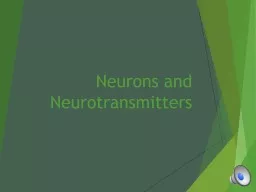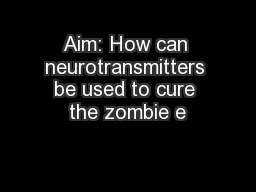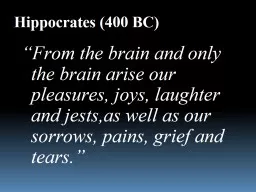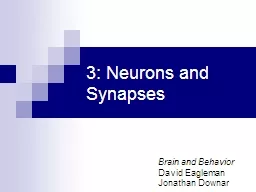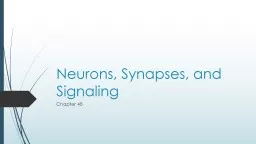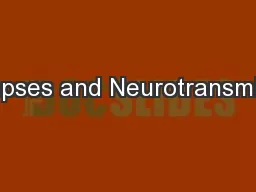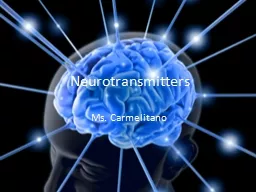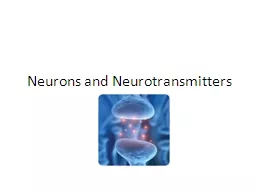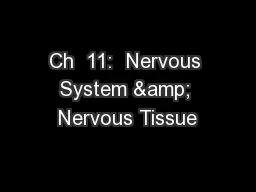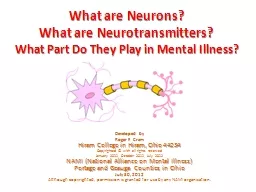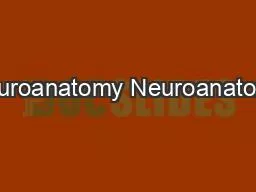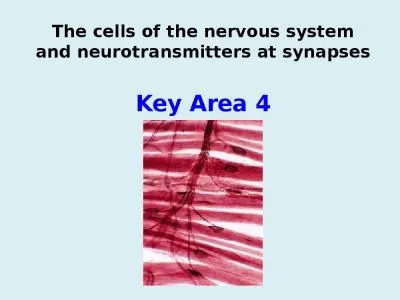PPT-Neurons and Neurotransmitters
Author : celsa-spraggs | Published Date : 2018-02-17
IB Learning Outcome and Objective B6 Using one or more examples explain the effects of neurotransmission on human behavior I can identify the parts of a neuron I
Presentation Embed Code
Download Presentation
Download Presentation The PPT/PDF document "Neurons and Neurotransmitters" is the property of its rightful owner. Permission is granted to download and print the materials on this website for personal, non-commercial use only, and to display it on your personal computer provided you do not modify the materials and that you retain all copyright notices contained in the materials. By downloading content from our website, you accept the terms of this agreement.
Neurons and Neurotransmitters: Transcript
Download Rules Of Document
"Neurons and Neurotransmitters"The content belongs to its owner. You may download and print it for personal use, without modification, and keep all copyright notices. By downloading, you agree to these terms.
Related Documents

